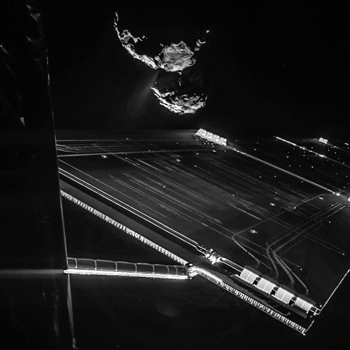What is the differences between nicotinic and muscarinic receptor?
1 Answer
Here's what I've got.
Explanation:
Nicotinic and Muscarinic receptors are both Acetylcholine (ACh) receptors. The same neurotransmitter binds to them, yet their mechanism of action (MOA) differs quite greatly due to their uniqueness.
First off Nicotinic Receptors are ionotropic. Which means that when ACh binds to it, ions flow through it. It acts as a channel for positively charged ions, mainly sodium. Which depolarizes the cell.
You can find N1 Nicotinic receptors at neuromuscular junctions. In which they play an integral part in allowing your muscles to move. N2 Nicotinic receptors are in the brain and also in the Autonomic and Parasympathetic nervous systems.
While on the other hand Muscarinic Receptors have a different MOA. Instead of becoming an ion channel for sodium, they use a G-Protein. When ACh binds to the receptor, this protein changes shape, which then allows it to phosphorylate various second messengers.
There are five different types of Muscarinic Receptors M1, M3 & M5 are excitatory receptors because their G-Protein stimulates Phopholipase C, which then activates IP3 and DAG. The other two, M2 and M4, are inhibitory.
You find Muscarinic Receptors in the brain, heart, smooth muscle, or in the Parasympathetic nervous system. While Nicotinic Receptors are found in the Sympathetic nervous system, Muscarinic receptors are not. This is the crucial difference.
The main difference between the two is their MOA, one uses Ions (Nicotinic) and one uses G-Proteins (Muscarinic). Nicotinic receptors are all exciatory, while Muscarinic receptors can be both excitatory and inhibitory depending on the subtype. Another difference being where they are found on the body. (Sympathetic vs Parasympathetic Nervous System)

